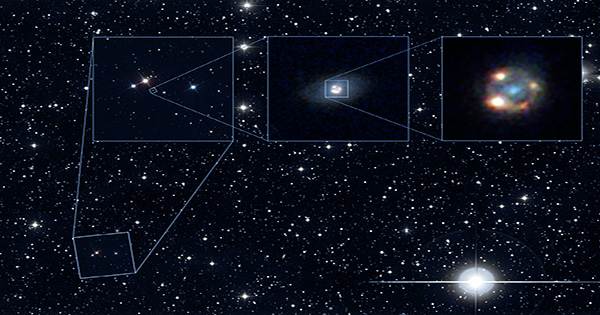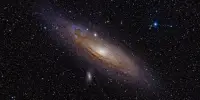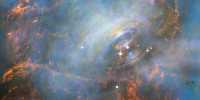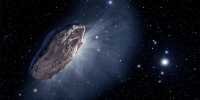Huge objects such as galaxies can illuminate space-time so much that they begin to act as cosmic lenses. These gravitational lenses, as they known, give rise to some incredible phenomena. The light of distant objects is distorted, magnetic and even multiplied. A famous but rare phenomenon is the Einstein cross, a choir given a lens in such a way that four images of it appear.
Only 50 of these Einstein crosses previously known, and new research has now added 12 more to the collection. All thanks to this dramatic increase of 25 percent together for observations conducted by the European Space Agency Gaia Satellite. The primary goal of this observatory was to map stars in the Milky Way never before – but astronomers became very observant and were able to use this incredible catalog to find these very distant quarters.
The discovery of this new-lensed quartz has accepted for publication in the Astrophysical Journal, and a preprint has found in RXV. Co-author Francois Mignard of the University of Côte d’Azur in France said in a statement, “It’s hard to find newcomers, because we have no idea exactly where to find them. It just requires high spatial resolution imaging to find candidates.”
The first double-lensed cosmos discovered in 1979 and the first quadrilateral made in 1985. At least on these computers – look for candidate objects like Einstein’s cross. “Then we need to make sure that the four closely packed images are not aligning the authenticity of the four independent sources, but the true four images of a single, remote source, lensed by an intermediate galaxy,” explained Christine Ducourant, a member of the university team Bordeaux in France.
This confirmation made possible by measurements obtained from NASA’s Wide-Field Infrared Survey Explorer (WISE), which provided sufficient information to confirm whether multiple images came from the same object. Einstein crosses and gravitational lenses in general are not just beautiful tricks of the universe.
They are also a great tool that can employ to study elusive phenomena as well as mysterious matter such as dark energy and dark matter. The light of a single distant object, such as the tip, curved around the galaxy, so it takes different paths – somewhat longer than the others do.
For example, astronomers first allowed making predictions when a supernova was leaving a few years ago. The strategy knew that the supernova had already exploded into an image of the galaxy, so they knew that eventually it would appear among the others as well. So if one affects space-time, these images will affect somewhat differently. Understanding these differences opens a door to understanding these universal mysteries.














